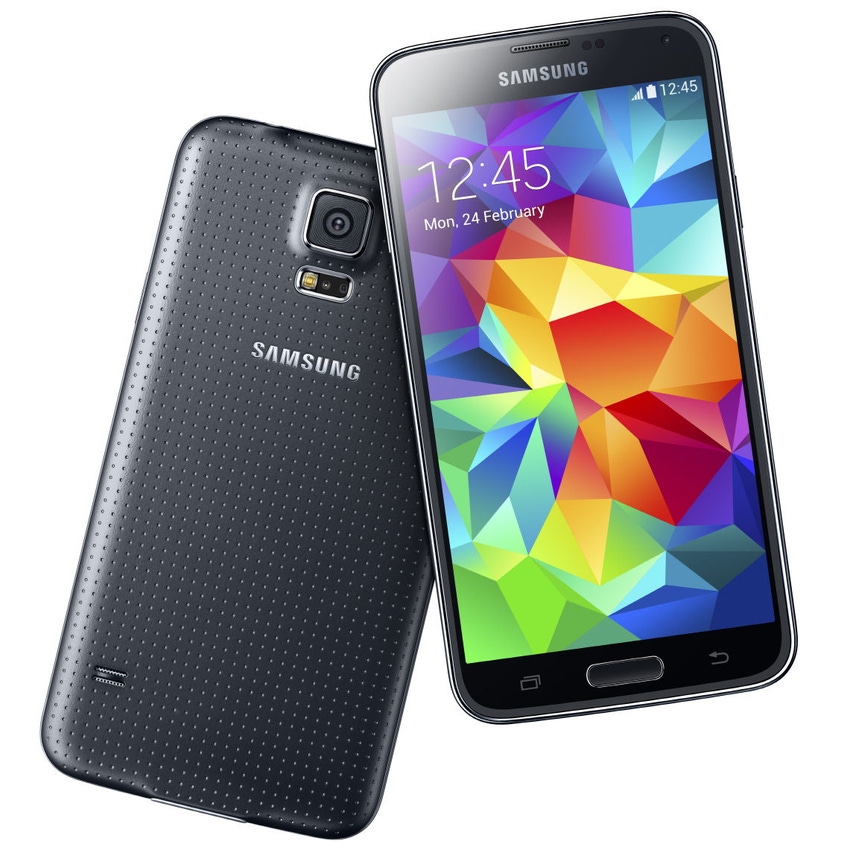By its recent lofty standards, Samsung’s Q2 2014 smartphone shipments were a disappointment. In spite of the launch of the flagship Galaxy S5 in the middle of the quarter, shipments declined annually and it seems the strategy that has served Samsung so well may have run its course.
July 31, 2014

By its recent lofty standards, Samsung’s Q2 2014 smartphone shipments were a disappointment. In spite of the launch of the flagship Galaxy S5 in the middle of the quarter, shipments declined annually and it seems the strategy that has served Samsung so well may have run its course.
A decade ago Samsung was very much a bit-part player in the handset market. It had been plugging away for a while but had little to differentiate its devices and was just one of a chasing pack behind Nokia. Then Android came along and Samsung went all-in, securing a spot as a Nexus partner and spending unprecedented amounts of money marketing its Galaxy S brand.
Samsung’s chief competitor in that time has been Apple, which has maintained a premium-only strategy and limited itself to one new smartphone per year (the iPhone 5C being essentially a tarted-up version of the year-old model). In total contrast Samsung seems to have launched a unique product for every market and demographic segment it can think of. This means that, while the Galaxy S phones don’t necessarily out-sell the iPhones, Samsung’s total smartphone portfolio ships more than double that of Apple.
Both Apple and Samsung are currently at a similar moment of truth, having dominated the market for the past few years: where do we go from here? As Motorola, BlackBerry and Nokia can all attest, market dominance is rarely perpetual and the handset market seems to be especially cyclical.
Apple’s global smartphone market share peaked at around 20% and is now more like 12%. Its numbers are still increasing, just not as fast as the rest of the market, where volumes are being driven mainly by people upgrading from feature phones to smartphones in developing markets. Apple has chosen not to play in the lower price-tiers so a decline in market share is, to some extent, inevitable, but it keeps making obscene profits so no worries.
Samsung accounted for a third of the smartphone market by itself a year ago, but that has now dropped to just a quarter, which is a lot of market share to lose in a year. Samsung’s marketing budget is already astronomical, so it’s hard to see how increasing that spend even more would make much difference. Similarly it already has what seem to be hundreds of different handsets on the market, so there’s surely not much additional advantage to be had there.
We spoke to Counterpoint, a Korea-based tech research firm, to get their perspective on Samsung’s current situation. “Things were very fragile for Samsung but then a series of unfortunate changes happened in the market,” said Tom Kang, Counterpoint MD. “The Chinese government encouraged operators in China to promote 4G LTE instead of 3G which hit Samsung. Then in the US operator leasing programs became more and more popular which also affected Samsung. Then the armies of affordable premium smartphones bombed the market spearheaded by Xiaomi.”
Arguably the biggest challenge for Samsung is that its flagship Galaxy S5 smartphone doesn’t seem have been as popular as its predecessors. “Samsung is being attacked from all sides,” Neil Shah, Research Director at Counterpoint, told Telecoms.com. “The halo effect which the Galaxy S flagship once had has started to diminish. The Galaxy S brand has been diluted with the large number of variants of the Galaxy S series (S5, S4, S3, S2, mini, plus, advance, active, prime, neo, etc). The S5 debacle is mainly due to an unattractive iterative design with absence of meaningfully innovative features offering not enough reasons for consumers to upgrade from their previous Galaxy S devices.”
Samsung is known for setting ambitious targets and chasing them aggressively, but all growth curves start to level out eventually. The smartphone market is rapidly maturing as population penetration increases and hardware innovation becomes more difficult. Until the next mobile paradigm shift occurs the market will become increasingly commoditized, which means price becomes the main differentiator. This shifts the advantage away from the current market leaders towards leaner outfits such as Xiaomi, that can undercut the big boys.
As the current king of the hill Samsung is going to face the most scrutiny, especially when it reports disappointing numbers after such a long period of uninterrupted growth. But all the other major Android players, especially non-Chinese ones such as LG, Sony and HTC, face the same challenges. It may take the establishment of a new mobile ecosystem, such as m-commerce, the connected car or a wearable that people actually want, to give companies like Samsung the opportunity to pull away from the chasing pack once more. And, ironically, the company most likely to kick-start such an ecosystem is Apple.
About the Author(s)
You May Also Like








.png?width=300&auto=webp&quality=80&disable=upscale)


_1.jpg?width=300&auto=webp&quality=80&disable=upscale)


.png?width=800&auto=webp&quality=80&disable=upscale)